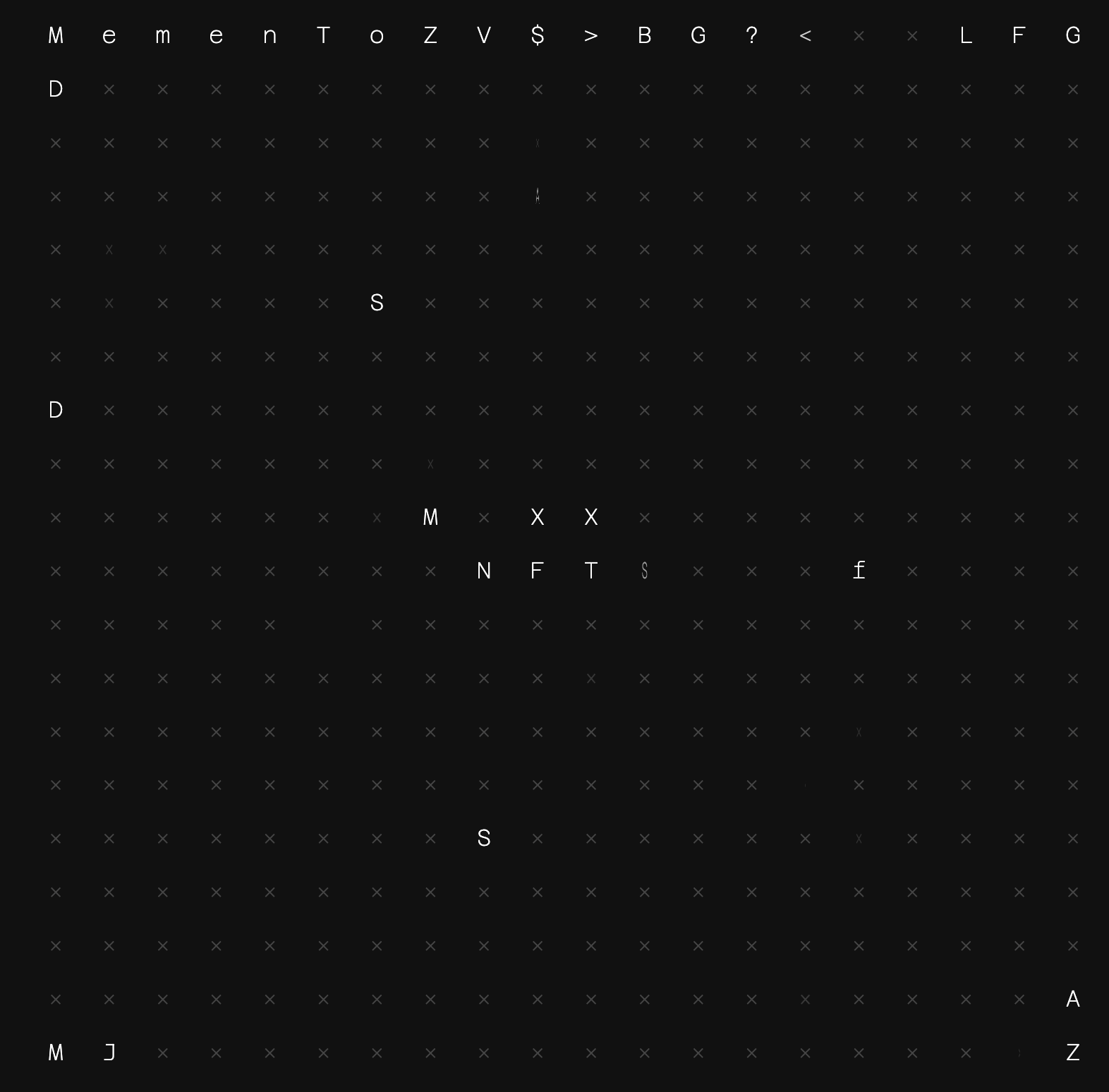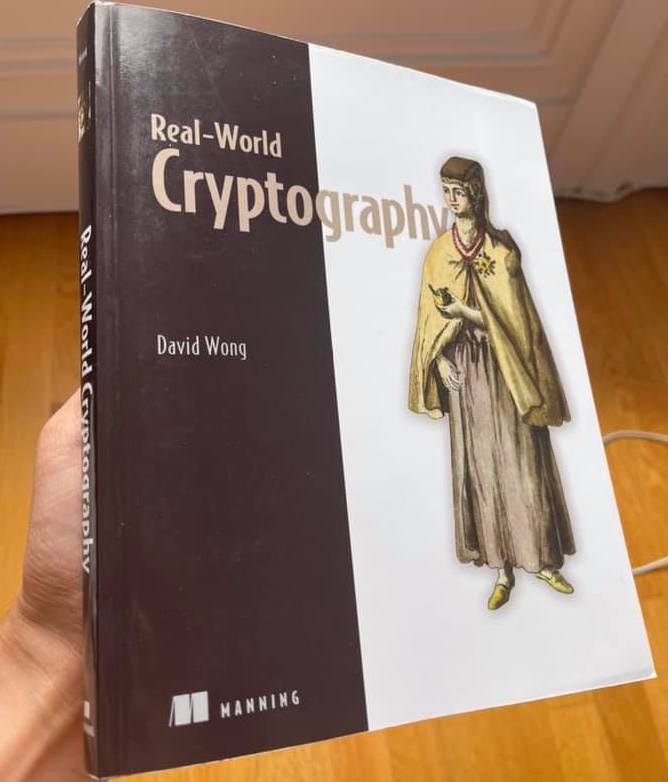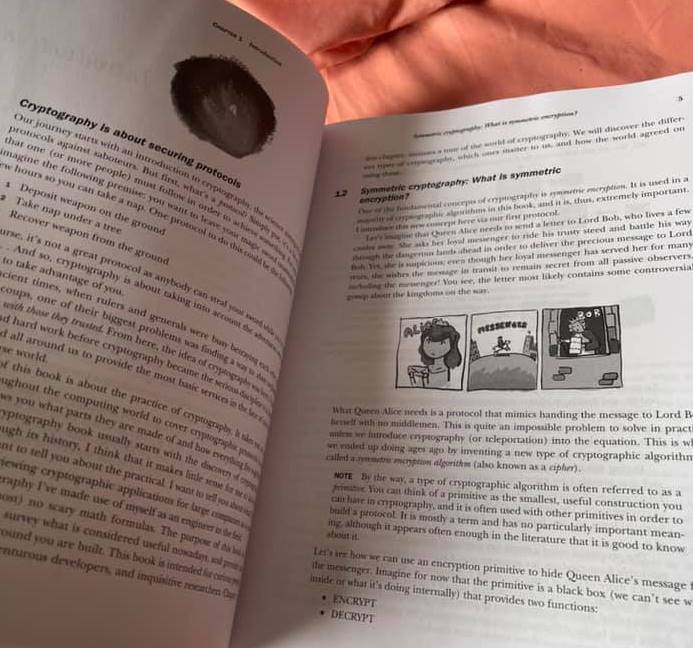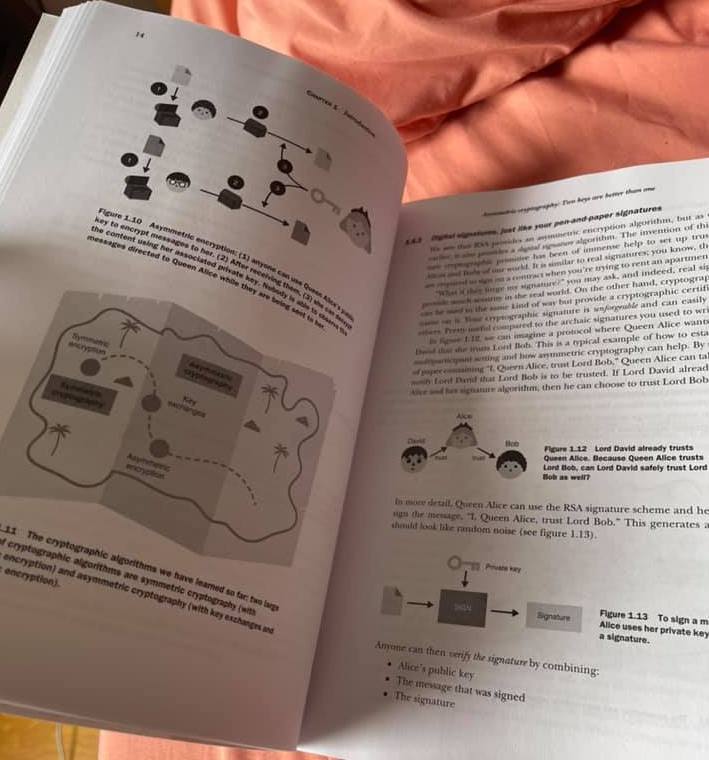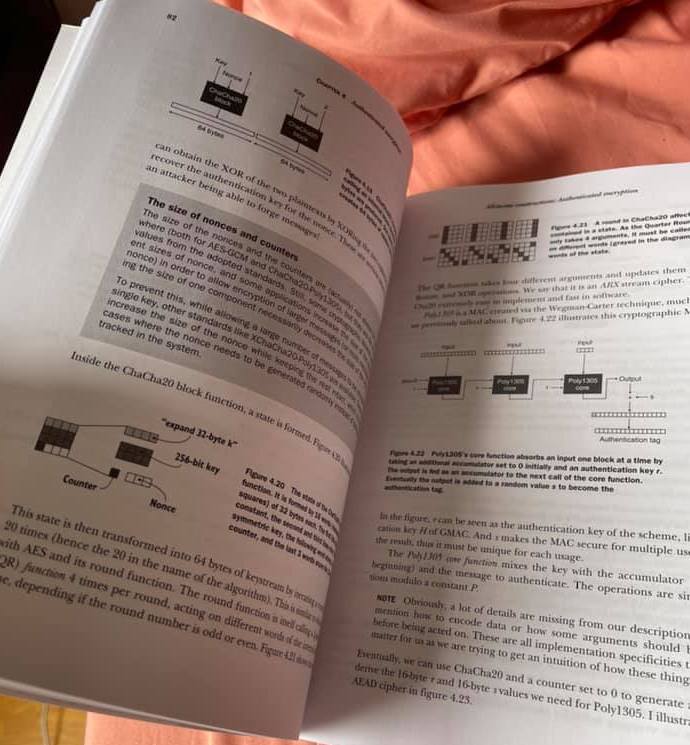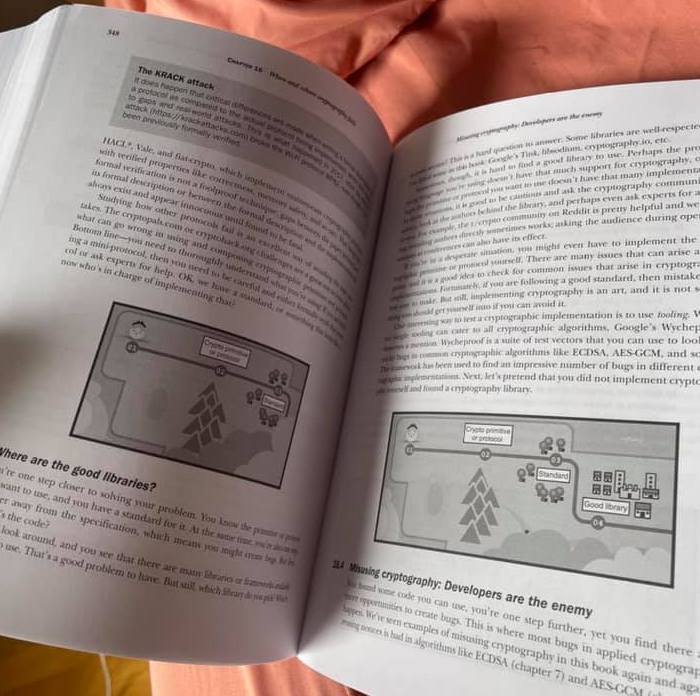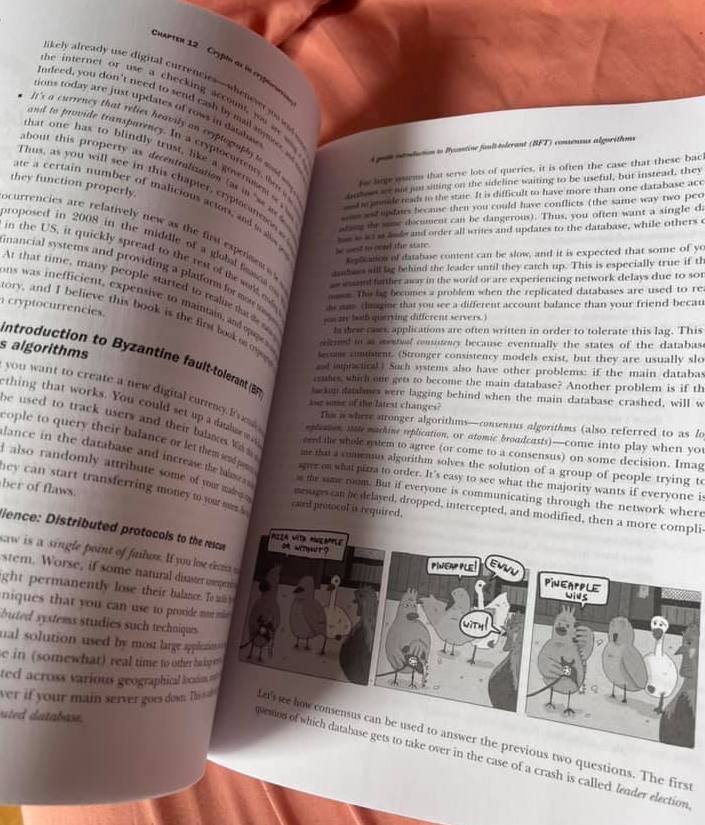I’ve been reading a lot of negative discussions around cryptocurrencies on some of the communities that I frequent (e.g. hackernews) and I felt the urge to write something about it.
I personally find cryptocurrencies to be an extremely interesting field of innovation because it tightly involves three interesting domains:
- The field of cryptography
- The field of economics
- The current payment system and the financial world
Lacking knowledge in any of these fields makes it extremely hard to have a good understanding of the added value of cryptocurrencies. Money is quite an abstract subject (what’s a derivative? what’s a CDO? what’s a margin call? etc.) and it can take decades to understand how a new technology can impact money and society in general. In this post, I give my own opinion of what problems cryptocurrencies can address, while warning readers that I’m mostly involved in the field of cryptography, know a bit about the financial world, and know very little about economics. So take this post with the usual grain of salt.
The point where Blockchain became mainstream
Years ago, I was waiting in line on a beach in Chicago. I had been standing there for hours to try the HTC Vive, a virtual reality headset. What was waiting for me at the end of the line was the future, I believed it before I tried it, and I understood it after experiencing it. Yet, I managed to miss another hint of the coming times, a change that was unraveling in plain sight, invisible to my oblivious eyes.
In line, I started chatting with some older chap who got really enthusiastic when I mentioned that I was working in cryptography.
“So what do you think about the blockchain?”
I had known Bitcoin for a while at that time, but this was the first someone that appeared non-technical talked about a cryptographic term directly.
“You mean Bitcoin?” “Yeah” “Ah, well, I’m not sure, what else is there than the cryptocurrency itself?”
The dude then started asking me questions about where I thought the “technology” would go and how revolutionary I thought it was. Odd, I remember thinking. I couldn’t see why that person was so hyped and I dismissed it as misdirected enthusiasm, thinking that there was really nothing more to Bitcoin than Bitcoin.
It’s comical, in retrospect, that I failed hard to foresee the boom of the cryptocurrencies. I had invested some, and lost some during the first mtgox crash, I had even made a presentation to my classmates a few years ago as I was doing a masters on cryptography. I had found the idea really cool, perhaps it was one of the reason I ended up studying cryptography? But still, why would anyone see something more than the initial Bitcoin paper?
For many years I continued to ignore cryptocurrencies. I didn’t get why more and more people would get excited. I even created some passive aggressive page, annoyed by the new use of the term “crypto” (http://cryptoisnotcryptocurrency.com).
In 2017, everything changed. At the time, I was working as a security consultant at the Cryptography Services department of NCC Group, and suddenly my team started getting more and more cryptocurrency-related work. And in turn, I got more and more interested and involved in the world of cryptocurrencies, creating the Decentralized Application Security Project Top 10 and participating in the audits of cryptocurrencies like NuCypher, Ethereum, and ZCash. The next thing I know I was leading security for the Diem cryptocurrency (formerly known as Libra) working at Novi (Facebook), two years later I was joining the cryptography team of O(1) Labs to work on the Mina cryptocurrency, and a few month ago publishing Real-World Cryptography, the first cryptography book with a chapter on cryptocurrencies.
The state of banking today
Cryptocurrencies are about the movement of money, and as such it is important to study the current ways and limitations of moving money. Without this context, cryptocurrencies do not make any sense.
Today, payment works something like this: for your bank to reach someone else’s bank (your friend, your landlord, or a souvenir shop in Thailand) it needs to travel through several banks and systems. In practice, not all banks have partnerships with one another, and so your bank will have to find a route to take to reach the other bank. Different destinations mean different routes.
Banks allow movement of money by creating partnerships with other banks. It usually works like this: bank A has an account at bank B, and bank B has an account at bank A. We call that correspondent banking. If bank A wants to send some money to bank B, they’ll either credit bank B’s account, or bank B will debit bank A’s account. (The direction might be decided on how much bank A trusts B, and vice versa.)
Of course, not all banks have partnerships, but following the six degrees of separation concept, there’ll usually be a chain of banks that connect your bank from your recipient’s bank.
If you’re sending money within the same country, and depending on the country you’re living in, you might have access to a government-operated bank that will attempt to partner with most of the territory’s banks. A so-called central bank. In the US it’s the Federal Reserve System (or the Fed), in France it’s Banque de France, etc. Central banks have central banks too, for example, the Bank for International Settlements (BIS).
Now, let’s talk speed: some of these central banks sometimes have real-time settlement systems, where money can be transferred from one bank to the other almost instantaneously. These are usually called real-time gross settlements (RTGSs), where “gross” means that you’re not batching several transactions together. Most banks, as I understand, use deferred net settlements to batch transactions: once (or sometimes several times) a day money moves from one bank to another bank.
Thus, to transfer money from your bank to a recipient’s bank, your money has to go through a chain of bank accounts. Some of these movements will be settled instantly, some of these movements will be settled after hours or days. This is why payments can be slow depending on the route your money takes.
Money is (badly) decentralized
If you dig deeper, you realize that different banks use different protocols, these protocols are old, badly designed, and errors happen constantly. The only way to make sure that money is not created out of thin air (double spending) is to constantly perform manual audits: having actual humans read balance sheets.
One of my friend working at a European bank described to me one of the many incidents they had. To settle with some other bank, they use some XML protocol to communicate how much Euro should move between the banks, and that twice a day. Usually, there’s always money moving. Yet, one day, the correspondent bank did not send them any second transfer before the end of the day. My friend’s bank took this as a “let’s replay the previous settlement” and started crediting thousands of clients with sums of money they had already received. Employees had to work nights to revert everything and make sure that money was not lost. Imagine that.
And that’s just one bank, every bank is doing their own thing to an extent. There are some standardization effort, as there usually is when things get bad, but they move slowly. It also doesn’t fix the elephant in the room: money is too heavily and badly decentralized, and every bank is on a quest to partner with every other bank, creating an nightmare.
All the solutions that attempt at fixing the system are pretty much trying to centralize more of the system. The fastest points of payments are central banks and other single points of failure like Wise. One interesting development is that some of these central banks are realizing that they need to support instant payments, better security, good interoperability, and perhaps all of that even for people like you and I (the retail). This is what you might have heard as central bank digital currencies (CBDCs).
This reduces the issue, but it also introduces another one: the issue of trust. Why would central banks trust one another? The more you centralize, the more trust you need to have in that single point of failure.
This is the big innovation behind cryptocurrencies: they seek to centralize the financial backbone to facilitate the movement of money. That is, cryptocurrencies are distributed systems, which ultimate goal is to simulate centralized systems while removing single points of failure. In such systems, users all connect to what appears to be, and work like, a single server. No need to connect users between them, in the peer-to-peer way I described previously, now the simulated single machine is connecting everyone together. Money takes the shortest route possible.
In some sense, a cryptocurrency is like a central bank that anyone can connect to and that processes transfer in real time, but internally it has no single points of failure, provides insurance based on cryptography, and offers transparency to external users.
A tiny introduction to the fundamentals
Don’t run away. I promise this is a tiny, brief, understandable, introduction to the fundamentals of cryptocurrencies.
Imagine that a hundred participants decide to create this centralized bank. To do that, they all decide to start from the same ledger, a book of all account balances (and transactions). The first page (or block) might read:
Bob has 3 tokens, Alice has 2 tokens
This is the genesis, in crypto term. Once each participant has retrieved their copy of the ledger, they need to figure out a way to agree on who gets to add new pages in the book. For example, adding a page could look like:
Alice sends 2 tokens to Charles; Bob sends 1 token to Alice
And as they add pages, they also need to make absolutely sure that they are all adding the same pages. If a participant adds a different page than everyone else, we have what we call a fork. That participant would start living in a different world.
A very simple way to decide on who gets to add pages to the ledger, is to do a round robin: I go first, then you, then him, then her, then me again, then you, etc. That works well if the set of participants is known and fixed (which is what Libra/Diem does, and it’s called proof of authority).
Other cryptocurrencies might want to dynamically choose who gets to be the next leader based on how much tokens they have (this is called proof of stake, like Tendermint).
Now, Bitcoin did things differently, it let everybody have a chance at choosing the next page! To participate, you play a lottery with your computer and if you get the winning ticket you get to decide on the next set of transactions (the next block). This was called proof of work, and as you probably know it, the lottery is computationally expensive to play. Due to that, today, most modern cryptocurrencies use a proof of stake approach.

